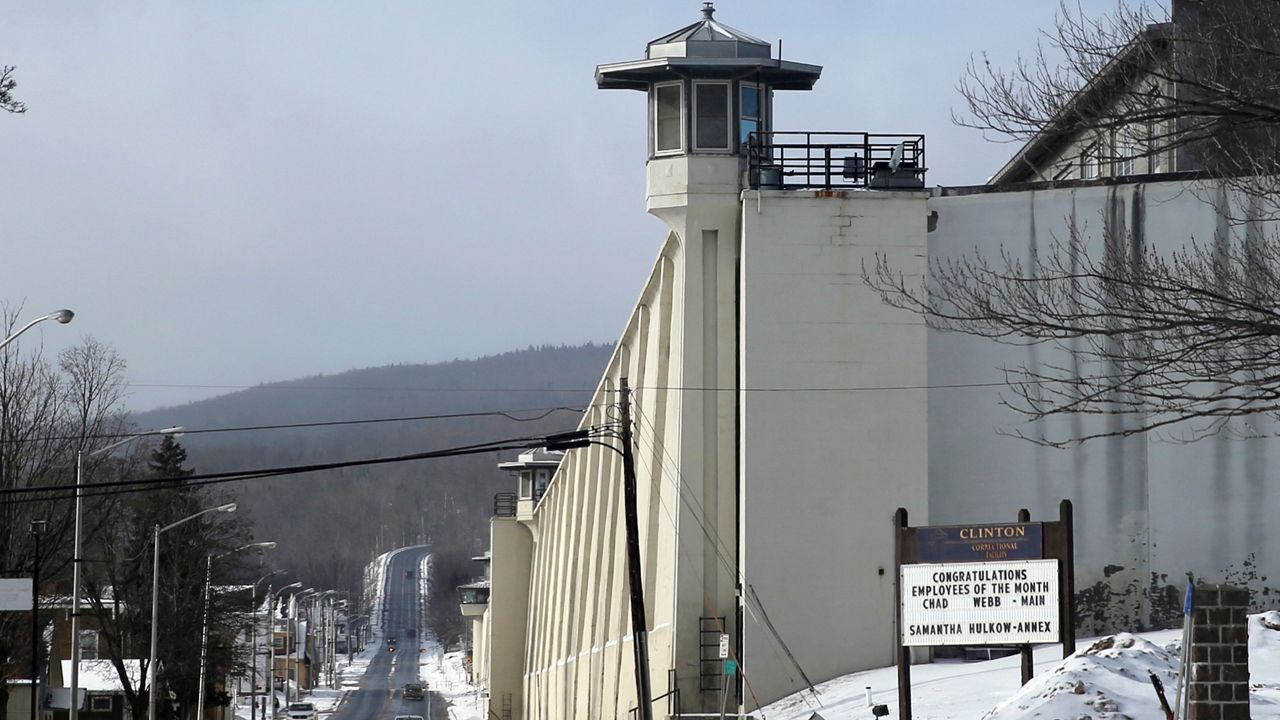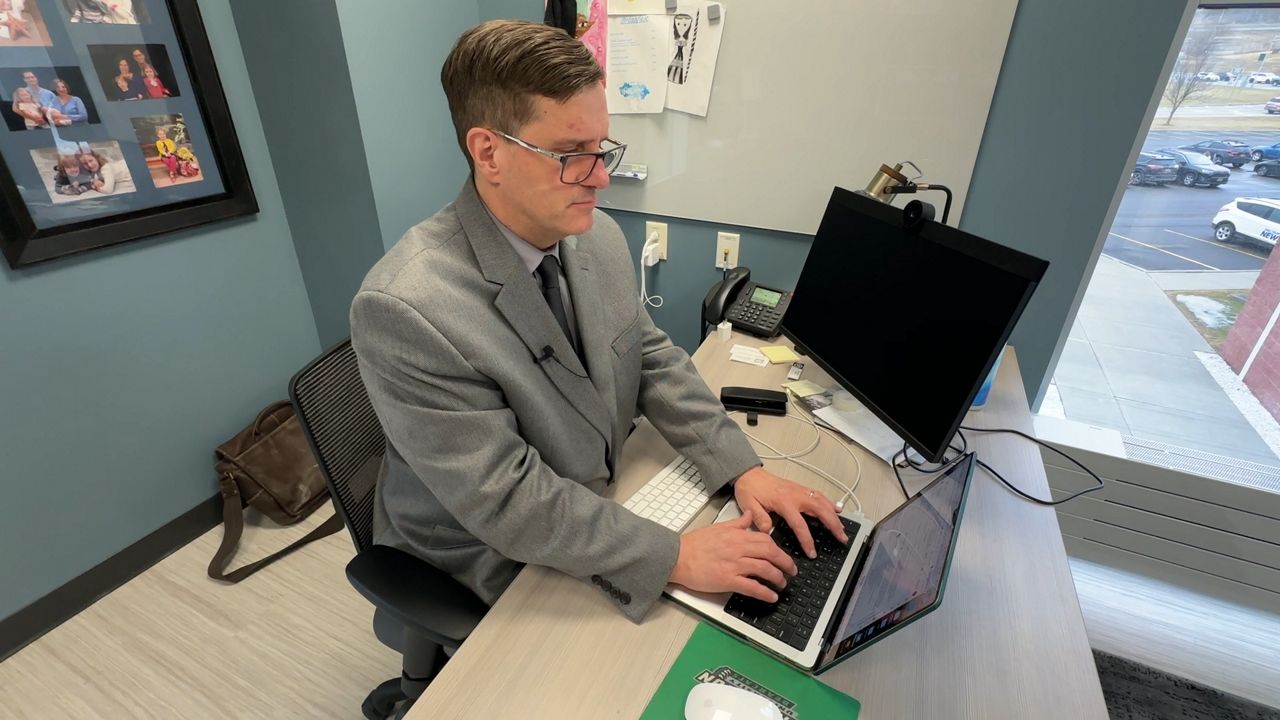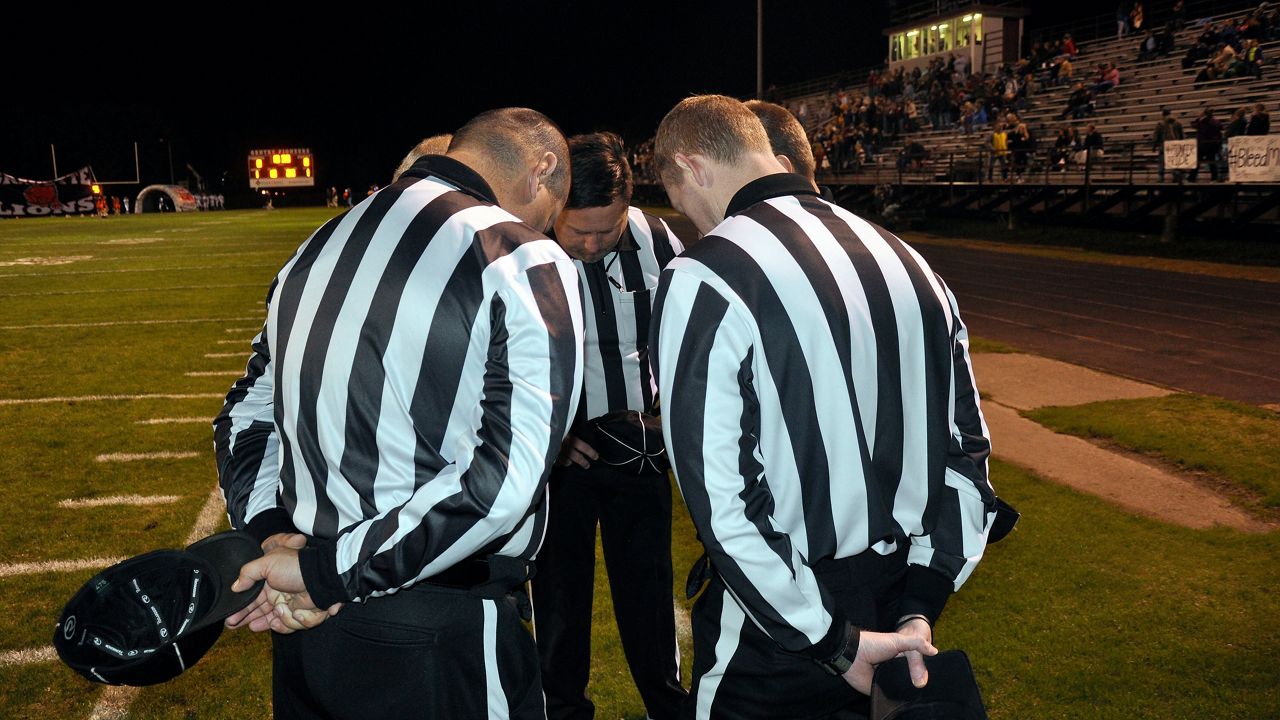Students at SUNY Polytechnic Institute are gearing up to head to Illinois in early April for the Fluid Power Vehicle Challenge, sponsored by the National Fluid Power Association.
The students spent about the 700-plus man hours perfecting the bicycle that runs on fluid power.
“The challenge is basically creating a vehicle that’s propelled by fluid,” said Joshua Archanian, a senior at SUNY Polytechnic Institute and treasurer of the Wildcat Fluid Power Club. “[The challenge] invites college to an event in order to compete to show off fluid power and how prevalent it can be."
This is their second year competing in the competition. This year they are creating another two-wheel bike but adding training wheels.
“What makes the vehicle different from a regular bike is there is no mechanical link between the rider’s pedaling motion and the back wheel,” said Pascal Harrison, the president of the club and a senior at SUNY POLY.
He says they are using hydraulic fluid, which is on the same scale as cooking oil.
“The hydraulic pressure shows our speed. It’s like you might have on a car dashboard," Harrison said. "You also have all your control, which controls where the fluid is going and what system is active when."
Harrison says this is similar to work that would be done in the fluid power industry, which is centered around heavy equipment.
“Think escalators, bulldozers [and] tractors. From building it, I can understand how real-world machinery works better,” said Harrison.
“Anything that includes fluids and specifically hydraulic, which is liquids and gases, so those are called fluid power,” said Ahmed Abdelaal, an assistant professor at SUNY POLY and the adviser for the club.
He says New York state has a large amount of fluid power companies which requires a vast workforce.
“And that’s the purpose of this competition. It’s actually trying to prepare the students for hands-on experience about fluid power,” Abdelaal said. “That’s why the NFPA, which is the National Fluid Power Association, is trying to gather or trying to prepare the next generation of engineers to be able to fit into this industry.”












